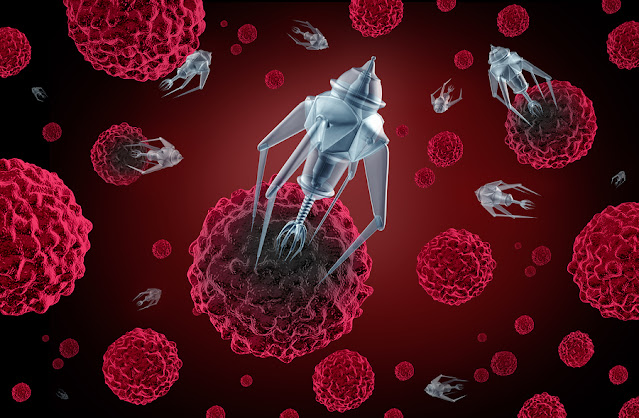Culinary Futurism: Can 3D Printed Meat Technology Revolutionize the Meat Industry
 |
| 3D Printed Meat |
The Rise of "Cultured" Meat
The concept of producing meat through cellular agriculture rather than
slaughtering animals has been around for many years but recent technological
advances have brought this possibility much closer to reality. By using stem
cells from animal muscle or fat tissues to produce meat in controlled
bioreactors rather than on living animals, it aims to make meat production more
sustainable and humane. This so-called "cultured meat" or "clean
meat" production method is attracting major investments from entrepreneurs
who see it as the future of the meat industry.
Advancing 3D Printed Meat Techniques
The frontier of creating structured meat products lies at the intersection of
cellular agriculture and 3D bioprinting. Researchers have made significant
progress in using 3D bioprinters to deposit thin layers of cellular tissues
rich in muscle, fat and connective components to mimic natural meat cuts like
steak or chicken breasts. Precise placement of multiple cell types and edible
biomaterials layer by layer allows fabrication of meat products with realistic
textures and bite characteristics. Advances in bioinks, cell aggregation,
tissue fusion and vascularization have taken 3D
Printed Meat prototypes closer to market readiness. Major players like
Meatable and Aleph Farms have raised substantial funding to commercialize their
technology.
Overcoming Technical and Production Challenges
There are still technical hurdles to overcome before cultivated meat can match
the affordability, consistency and scale of conventionally produced meat.
Challenges include developing efficient mass production bioreactors, optimizing
nutrient mixtures for accelerated growth of multiple cell types, ensuring
tissue viability and functional maturation during production. Integrating 3D
printing capabilities with large-scale bioreactors requires innovative
engineering solutions. Other key challenges lie in cellular agriculture process
automation, quality control, supply chain logistics and regulatory approvals
for food safety. High initial production costs also need to be brought down
significantly for commercial and price competitiveness. Continuous research
aims to address these challenges to make 3D printed meat a mainstream reality.
Widening Applications Across Species
While early R&D has focused on producing beef and chicken meat, the
cultivated meat approach in principle could work for any animal species
consumed as food. Researchers globally are now working on applying the same
principles to create pork, lamb and seafood products sustainably. Cultivated
dairy products, eggs and gelatin are equally in development. The flexibility of
3D bioprinting allows fabrication of structured meat alternatives mimicking
specific traditionally popular cuts, textures and flavors from a variety of
land and ocean animals. This could widen consumer acceptability worldwide by
tapping into diverse global food culture sensitivities. If successful, it could
help tackle environmental impacts of industrial animal agriculture more
holistically.
Gaining Consumer Acceptance
Creating meat doesn't involve animal slaughter certainly appeals to many
consumers concerned about environmental sustainability, animal welfare or
seeking alternatives to industrial meat production. However, gaining widespread
acceptance depends on the cultivated meat tasting, smelling and feeling the
same or better than conventionally produced meat. Proving nutritional
equivalence and food safety will also be important to overcome apprehensions
around a new production method. Communication strategies to clearly explain how
it is grown using animal cells rather than entire living animals will be key.
Early adopters motivated by ethics or health and curious about emerging
technologies could drive initial market adoption. But achieving mainstream
appeal and replacing conventionally produced meat may take time as consumer
habits and preferences evolve. Supportive policies and regulatory frameworks
will accelerate acceptance.
3D printed meat has taken the concept of cultivated meat production closer to
commercialization by enabling fabrication of complex structured meat mimicry.
While significant technical and economic challenges remain, continued efforts
from science and industry aim to create a more sustainable and humane meat
supply chain. Regulatory agencies also play a crucial role in the new
technology's responsible development and acceptance. If successful, it could
transform our relationship with food animals while satisfying global appetite
for meat. Whether as a complement or an alternative to conventional meat,
cultivated options produced through this novel convergence of cellular
agriculture and 3D printing promises to disrupt conventional livestock farming
and food systems worldwide.
Get more insights on This Topic-3D
Printed Meat



Comments
Post a Comment